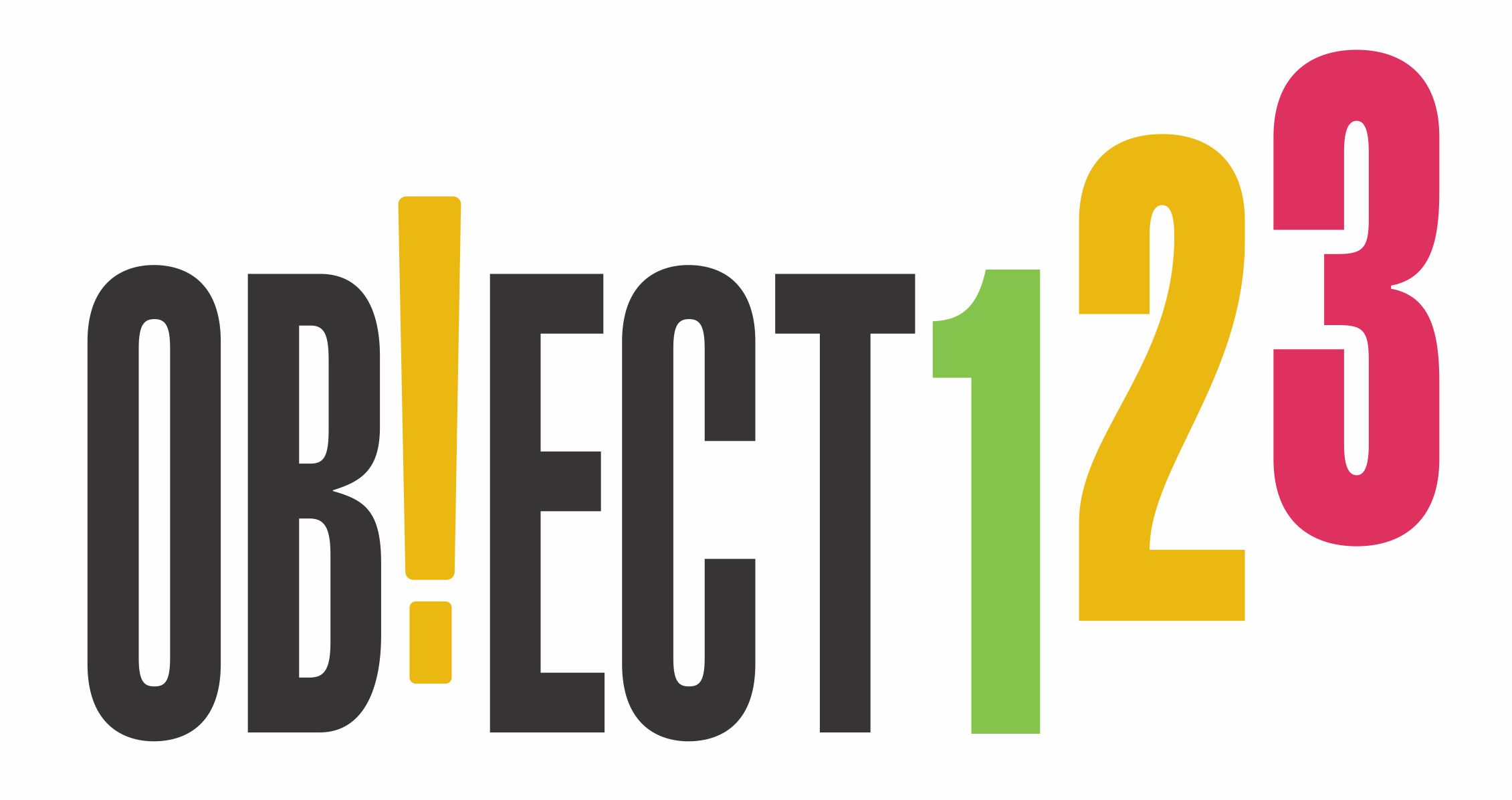
Summary of Their Discussion:
Question by Des:
Is human objectionable behavior, ie. misbehavior, human error?
Des’s Initial Position:
- Argument: Misbehavior, is intentional, and is a form of human error or failure.
- Rationale: If misbehaviors are not categorized as failures, many workplace failures would remain unexplained. He provided an example of a doctor yelling at a nurse, which caused the nurse to stop speaking up, ultimately leading to a patient’s death due to a misdiagnosis.
Brad’s Initial Position:
- Argument: Misbehavior depends on intention. “An intentional act is not an error or a mistake”.
- Rationale: Understanding the context and intention behind the behavior is crucial before forming judgments.
The Scenario:
In my scenario a female doctor really did misbehave and raised her voice and screamed at the male nurse for speaking up, so that everyone in the ward heard her. She was in the wrong with her misbehavior and gave the wrong diagnoses that ultimately led to the death of the patient. And the nurse stopped speaking up because of the objectionable behavior of the doctor that he received.
This has happened before in hospitals, I have been informed, and will happen again in hospitals and this, I call, a mistake or failure of behavior on the part of the doctor or misbehavior, and a failure of the system for not providing protection for the nurse in this instance.
The death of the patient was caused by not having a system for the nurse to SAFELY object to the doctor’s misbehavior, when the nurse spoke up and know that his ( the nurse’s) position, is protected. I mean this is hardly rocket science, in my view.
To me, this is simply the same as CRM crew resource management that airlines now use to prevent this misbehavior on the part of people in power such as a doctor with a nurse or a captain with a 1st officer.
Discussion Development:
- Des: Clarified that intentional misbehaviors are still errors and shared a scenario illustrating how misbehavior can lead to significant failures, emphasizing the need to consider such actions as errors.
- Brad: Argued that context is critical and judgments should be reserved until all facts are known.
- Des: Restated that the example was a controlled scenario to highlight the systemic issue and the need for protective systems for those who speak up and objectionable behavior eschews.
Conclusion:
Based on the discussion:
- Des’s Perspective:
- Misbehavior should be classified as a human error because it contributes to failures and systemic issues in the workplace.
- Ignoring misbehavior as a form of error can lead to significant consequences, including decreased safety and productivity.
- Brad’s Perspective:
- Context and intention are crucial in determining whether a behavior is an error or misbehavior.
- Judgment should be reserved until a comprehensive understanding of the circumstances is achieved.
Review and Analysis:
- Desmond emphasizes the importance of recognizing intentional misbehaviors as errors to address systemic issues effectively.
- Brad highlights the necessity of understanding the context and intention behind actions.
Recommended Resolution:
- Compromise: Recognize that both intention and impact are critical in assessing misbehavior. Misbehavior should be addressed as a form of human error, especially when it leads to systemic issues, while also considering the context and intention behind the actions.
- Implement Protective Measures: Ensure systems are in place for safe reporting of misbehaviors, protecting those who speak up from retaliation, similar to the CRM (Crew Resource Management) approach in aviation.
Final Note:
Des and Brad should acknowledge each other’s perspectives, agree on the importance of both intention and impact in assessing behaviors, and work together to implement systemic protections for reporting and addressing misbehaviors in the workplace. This approach aligns with the SpatzAI Charter principles of #psychologicalsafety, #conflictresolution, and #transparentcommunication

Leave a comment